From Lens to Landscape: Tips for Our Rooted in Saving Water Photo Contest
The Edwards Aquifer Authority is celebrating 29 years of stewardship with the Rooted in Texas: Conserve & Share It photo contest, and we’re inviting you to be part of it. As drought continues to challenge our region, it’s more important than ever to highlight the creative and sustainable ways our communities are adapting. From Texas native landscaping to backyard compost bins, your photos can tell a powerful story of resilience and even earn a spot in the upcoming 2026 EAA Calendar!
Whether you’re a seasoned photographer or someone who just loves snapping pics on your phone, there’s room for your personal touch!
Our contest features these six categories, and you’ll be sure to find inspiration from these ideas:
- Smart Irrigation – Drip systems, timers, or efficient watering methods
- Rainwater Harvesting – Barrels, cisterns, and catchment setups
- Composting & Soil Health – Mulch, compost bins, regenerative gardens
- Nature-Based Solutions – Native landscaping, tree canopies, swales
- Youth in Conservation – Family-involved or student-led drought actions
- Everyday Drought Hacks – Simple, creative ways to save water daily
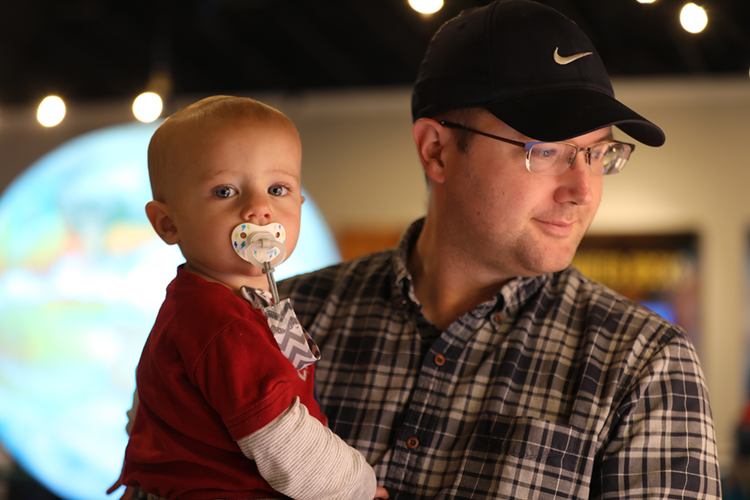
Father and son at the EAA EOC
When taking your photos, aim to capture more than just a pretty scene. Look for the deeper message within your image. Maybe it’s a close-up of a drip irrigation system watering native plants, or your family using rainwater that was collected from recent rains. Think about the use of light, simple composition, and take advantage of the “golden hour” during the early morning or late afternoon to achieve the most flattering lighting. If you’re out in nature, at home, or even in your backyard, here are a few quick tips to help your photos stand out from a professional photographer, John Boggess:
Capture the authentic moment – You’ve heard that famous quote, “All the world’s a stage.” Getting great images sometimes means you shouldn’t stage photos but rather capture what’s happening naturally. This is where you’ll find human emotion which brings your viewer into the scene
Learn about lighting – When snapping photos, natural lighting is always best. With today’s digital editing software, you can take out some of the grain you’d get from a great photo taken in low light. The same holds true for indoor lighting. There are some rooms that will cast a slight orange or greenish tone on the photo, but digital tools can help correct the unappealing color wash. You can find interesting lighting in just about every place you go.
Always think about creating depth in your photo – If you’re shooting landscapes, try and position something interesting in the foreground to frame the main subject. If you’re shooting portraits, try to get your subject far enough away from the background to get that blurred canvas on which your subject will be positioned and featured. Even sparse bushes with a little bit of light can turn into a nice swath of green when used as a blurred background. Indoor lights you might think would ruin a shot, can turn into glowing, colorful backdrops when you move the subject far enough away from the light.
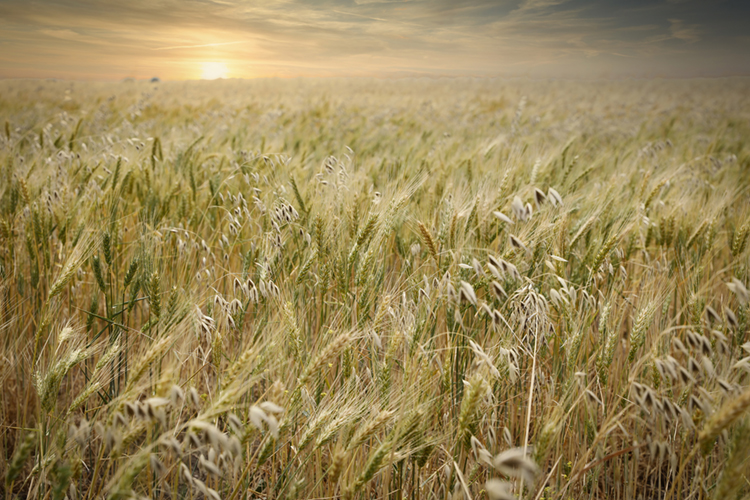
The business of professional photographers can get quite complex with multiple off-camera lights, staged backgrounds, photo assistants and very high dollar equipment. However, everyone can get quality photos by capturing life as it happens, working with the light nature provides and then thinking just a bit about backgrounds and foregrounds for depth.
DSLR Cameras vs. Cell Phones
As a professional photographer, John always carries both – each piece of equipment can do something the other can’t. Today’s phones are great at creating good color balanced photos even in low light, and with those digital editing tools, you can get some very high-quality images with your phone.
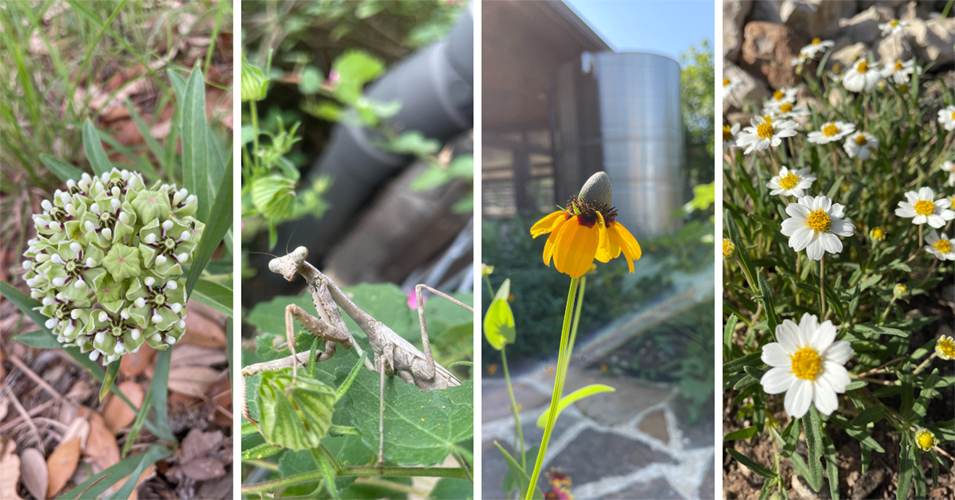
DSLR cameras (digital single-lens reflex) with great low-light lenses produce those very warm, smooth background-style photos that phones can’t quite match. A DSLR with a zoom lens can get sharp photos with different perspectives quickly.
Overall, there are some great photo tools on the market today. Pick up a few and then get out there and capture all that action on our world’s stage.
As you get ready to submit your entry, consider the many small actions that make a big difference. Mulching your yard, watering early in the day, fixing leaks, composting food scraps, or simply turning off the tap while brushing your teeth. These are the everyday drought hacks that matter, begin to add up, and make an impact for everyone. They also make great photo subjects, reminding us that water conservation doesn’t have to be complicated to be effective.
Water-Saving Practices to Snap and Try!
Want some water-saving inspiration? These are practical ways people are saving water, and they make great entries too:
- Use a rain barrel to collect water for your trees and plants around your home
- Switch to native, drought-tolerant landscaping
- Water early in the morning, late at night, or skip watering on windy and rainy days
- Spread mulch on plant soil to reduce evaporation
- Teach kids to turn off the tap while they brush their teeth
- Install a drip irrigation system with a timer
- Compost kitchen scraps to improve soil health
Your photo has the power to inspire, educate, and help others understand the importance of protecting the Edwards Aquifer. This contest is about more than photography. It’s about celebrating the commitment we all share to future generations who will depend on the same land and water we use today. We can’t wait to see how you’re staying rooted in conservation.
To submit your entry and get all of our contest details, please visit the official entry page. Deadline to submit your entry is Tuesday, September 2, 2025.
More Posts
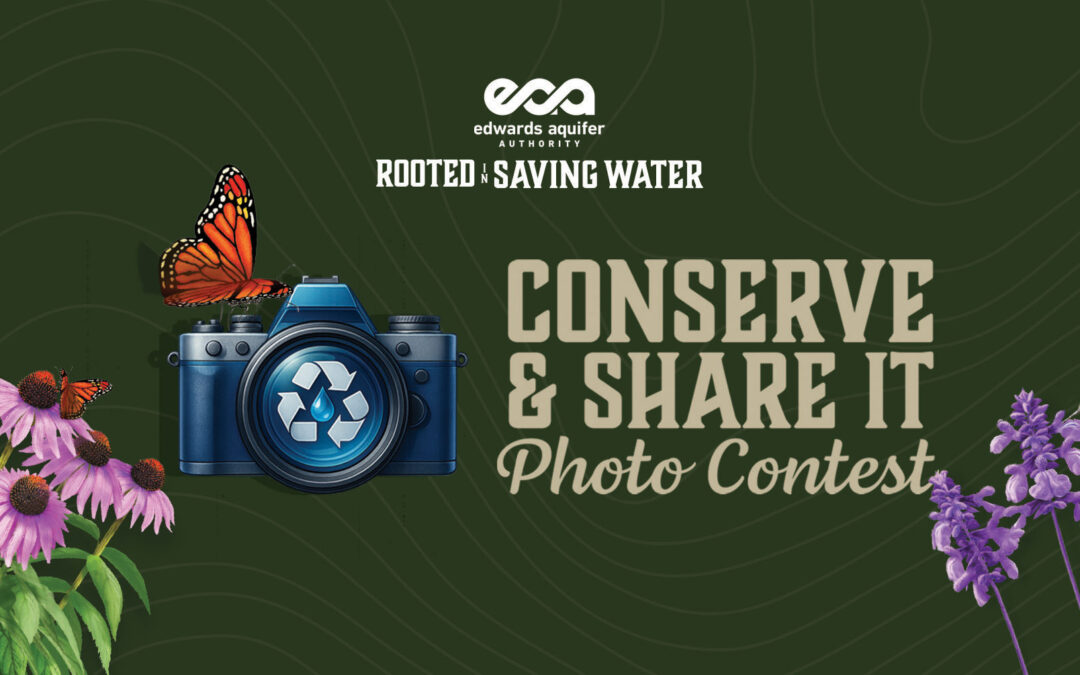
Celebrating 29 Years of Stewardship: The Edwards Aquifer Authority’s Enduring Legacy
This year marks a significant milestone—29 years of the Edwards Aquifer Authority (EAA) serving as a guardian of one of South-Central Texas’s most precious natural resources: the Edwards Aquifer. Since its inception, the EAA has managed the Edwards Aquifer for Uvalde, Medina, Bexar, and parts of Atascosa, Caldwell, Guadalupe, Comal, and Hays counties, educated thousands of Texans about the aquifer, and conducted cutting-edge aquifer research.
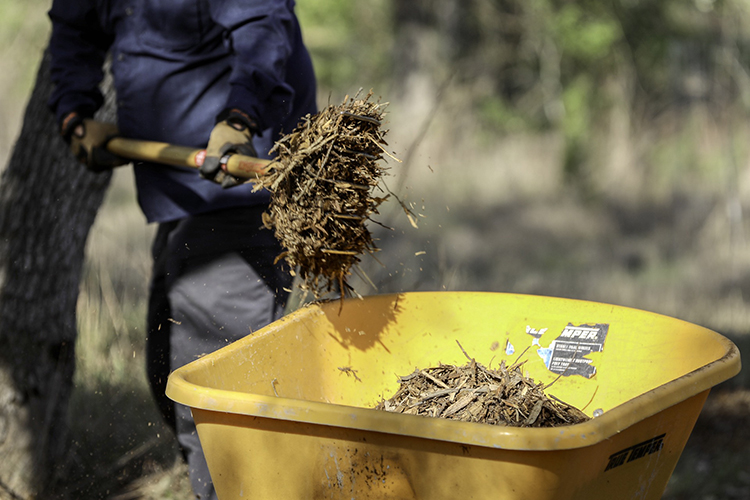
Dig Into World Soil Day at the EAA Education Outreach Center
At the Edwards Aquifer Authority Education Outreach Center (EAA EOC), we’re all about celebrating the nature beneath our feet, and that includes more than just the Edwards Aquifer. We’re talking about soil! This World Soil Day is the perfect time to get down and dirty...

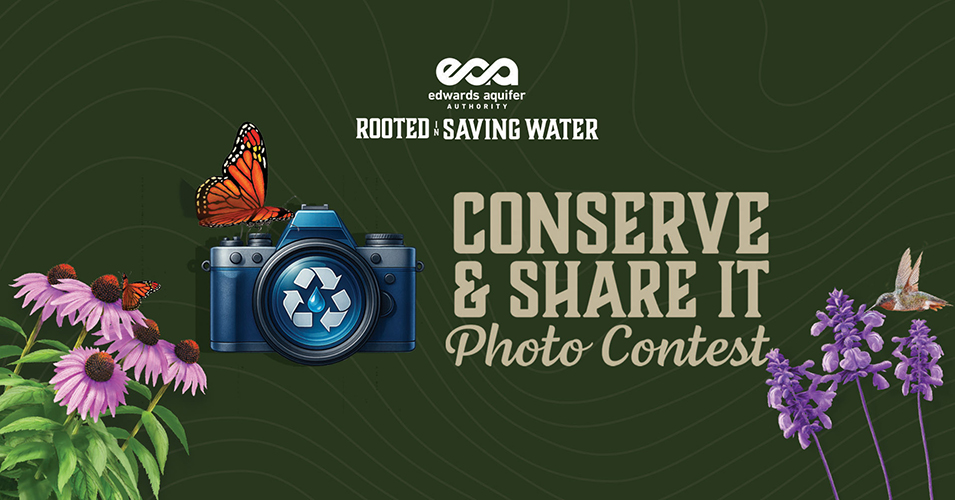
0 Comments